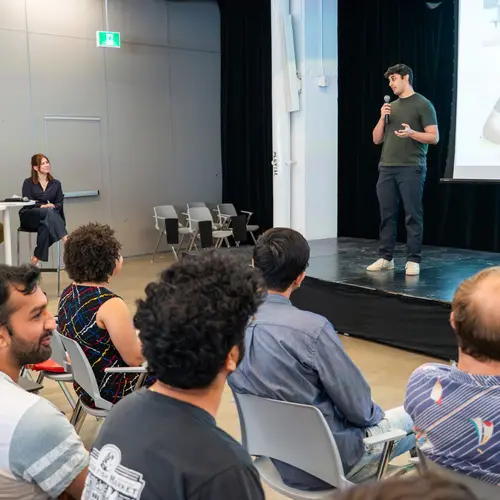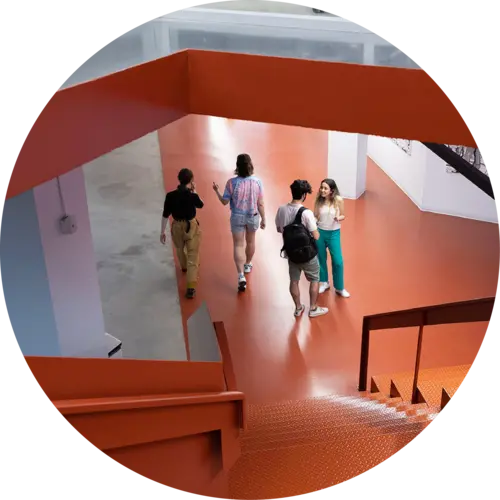
Gaétan Marceau Caron
Biography
Gaétan Marceau Caron is the Director of Applied Machine Learning Research at Mila – Quebec Artificial Intelligence Research Institute. He works to promote Mila’s team of researchers who work jointly with industry to address difficult scientific problems using AI. The spin-offs of these projects will ultimately benefit all of Canadian society.
He has more than twelve years’ experience in knowledge transfer in the field of AI through working on numerous collaborative projects in applied research. He has dual expertise in engineering and scientific research, having completed engineering degrees at Polytechnique Montréal and the Institut Polytechnique de Paris (ENSTA Paris), and science degrees at Université Pierre-et-Marie-Curie (Sorbonne) and Université Paris-Saclay (PhD level). This enables him to analyze industrial systems and find innovative solutions to the increasingly complex challenges facing society.
In his seven years at Mila, he has served as scientific adviser on more than twenty-five projects with industry and taught in six editions of the annual Mila/IVADO Deep Learning School.


